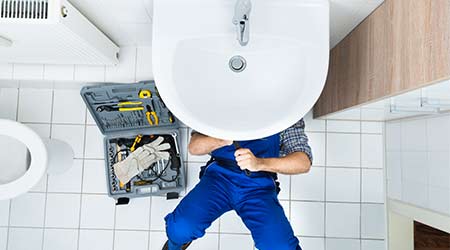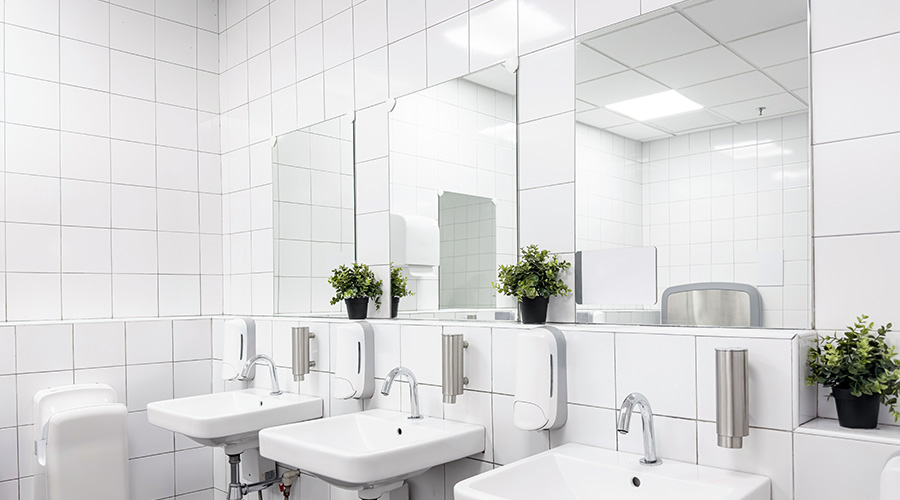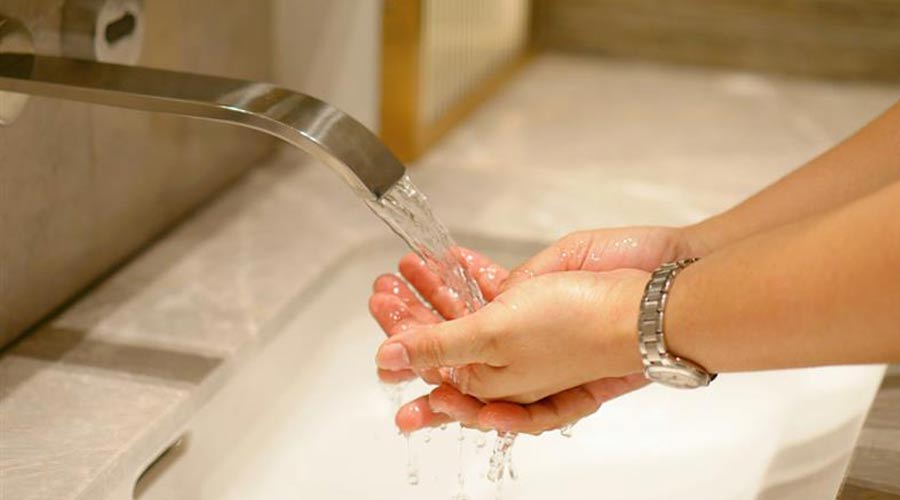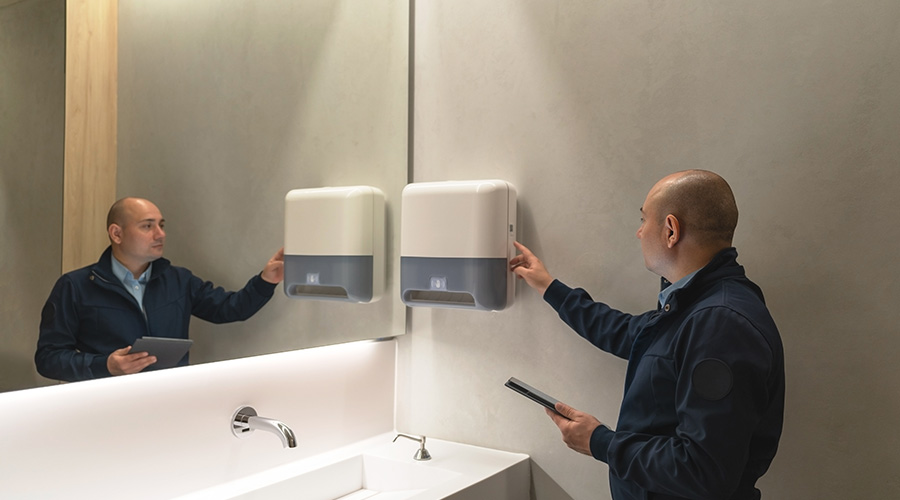 With a number of strategies at their disposal, managers overseeing aging plumbing systems no longer need to wait for an unexpectedly high water bill caused by faulty fixtures to determine that pipes and fixtures are the sources of the problem.
With a number of strategies at their disposal, managers overseeing aging plumbing systems no longer need to wait for an unexpectedly high water bill caused by faulty fixtures to determine that pipes and fixtures are the sources of the problem. Plumbing Systems: Prolonging Performance Life
Following these key steps can help managers prolong performance life and postpone repairs and upgrades.
To prolong performance life and postpone the repair-or-upgrade question, managers can perform a number of key steps. They can keep up with fixture innovations, select the best quality fixtures for the application requirements, ensure that PM and PdM practices are scheduled annually, and staff to meet the scheduled work.
Managers also need to remain focused on continuous improvement, even when they seem to be getting good results with the existing fixtures. A detailed repair history helps managers anticipate when and where the next issues will occur, especially if either maintenance repair frequency or total labor hours — or both — are increasing. The repair history helps managers uncover these variances, find the root causes, and help technicians eliminate them.
For example, managers who detect an increase in water use for no apparent reason or who plan an expansion of the facility plumbing system should update the PM or PdM schedule. Updating will ensure the accuracy and completeness of the future repair record of the plumbing system and secure valuable data that managers need in making the repair-or-upgrade decision.
Mapping plumbing system routes also streamlines troubleshooting, especially where the system is underground or in walls. The maps should identify cleanouts, which generally are located at the bottom of verticals where they transition to laterals and where blockages are more likely to occur. Easy access to these locations makes unblocking much easier.
With the history and mapping in place and up to date — and if the plumbing system is computerized — the planner then can move into the repair-or-upgrade phase by searching for high levels of water use or frequent repairs based on system, location, or individual fixture.
Next, the planner can compare labor hours, material, and water costs over a specific period to the cost of system or fixture replacement and its expected useful life. Usually, a large drop in maintenance and water use occurs when new fixtures replace old fixtures. This drop occurs for two reasons: The new fixtures are not worn, and they are more reliable and less prone to sticking and leaking.
If new fixtures are made after the enactment of the U.S. Energy Policy Act of 1992, they comply with a stricter water use code — 1.6 gallons per flush (gpf) for toilets — and are much more water-efficient. In 2006, the EPA introduced the WaterSense program, designed to encourage water conservation. Fixtures with the WaterSense label are 20 percent more efficient than the new federal minimum of 1.28 gpf with no performance loss for toilets.
Faucet aerators are another low-cost strategies managers can use to reduce water waste. They install in seconds and cost only a few dollars, and many utilities provide them free. Upgrading to electronic motion-sensing faucets and toilet flush valves also saves water and improves hygiene.
When making the repair-or-upgrade decision, managers need to keep in mind that the facility is paying twice for water. The water rate is multiplied by volume of water saved plus the volume of wastewater saved to calculate the savings.
Lower flow rates also save on piping and fitting wear from erosion and corrosion. It is worthwhile to measure pipe walls periodically to determine losses from new to now, estimate the piping’s remaining useful life, and forecast the optimum time to schedule pipe replacement.
Thomas Westerkamp is a maintenance and engineering management consultant and president of the work management division of Westerkamp Group LLC, www.westerkampgroup.com.
Related Topics:














